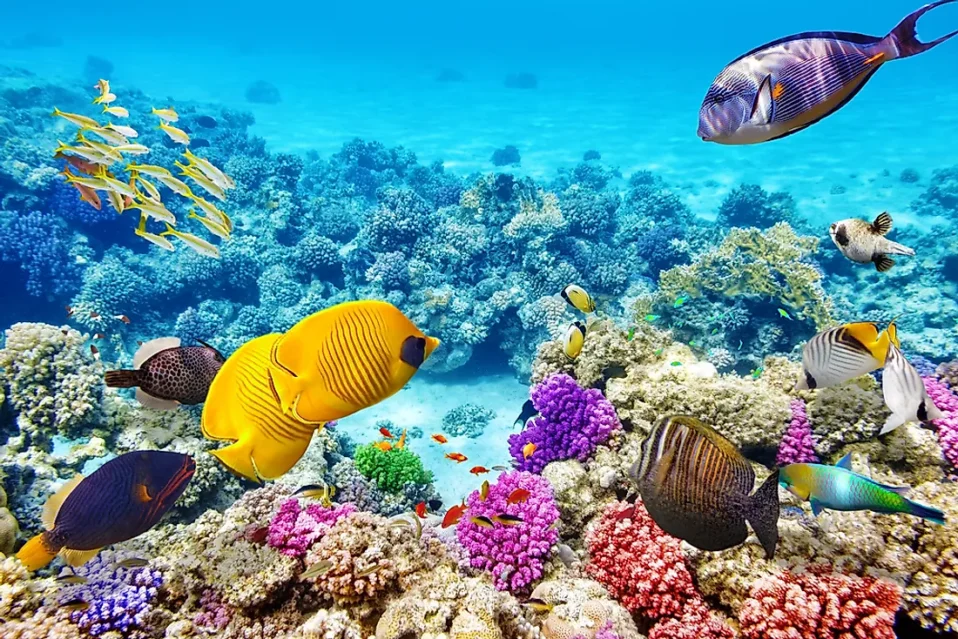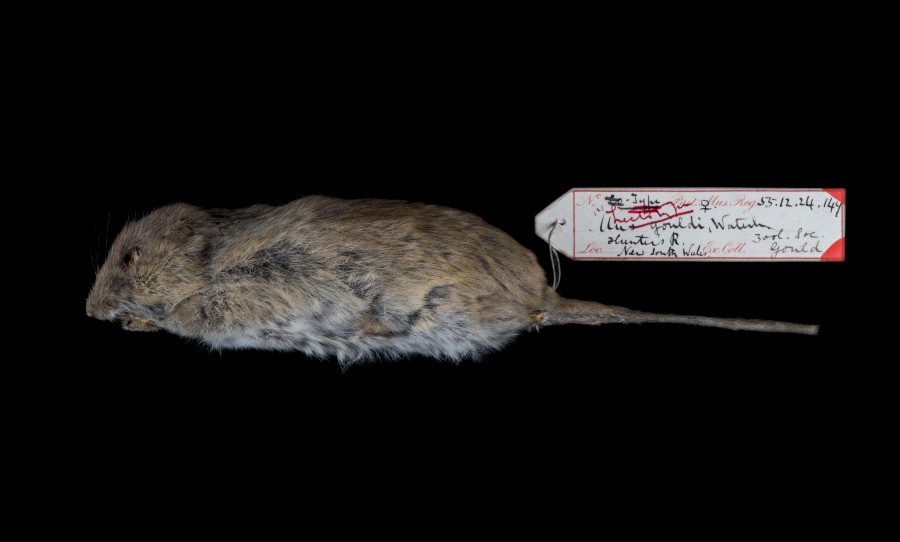The Australian government on Friday pledged 1 billion Australian dollars ($700 million) to protect the Great Barrier Reef, months after it narrowly avoided being placed on the UN’s cultural agency’s “danger” list due to the threat of climate change, CNN reports.
Prime Minister Scott Morrison unveiled the nearly decade-long conservation package days ahead of a February 1 deadline set by UNESCO to submit a report on the reef’s state of conservation.
“We are backing the health of the reef and the economic future of tourism operators, hospitality providers and Queensland communities that are at the heart of the reef economy,” Morrison said in a statement.
The funding will support new climate adaptation technology, investment in water quality programs, and protect key species in the biodiverse reef, he added.
In July, UNESCO debated whether the Great Barrier Reef was “in danger” – a designation that means a site is under threat. If the action wasn’t taken to address concerns, it was at risk of losing its World Heritage status, the UN agency warned.
In a letter published last July, 13 public figures – actors, former politicians and journalists – urged leaders to act fast and “save” the reef.
“We urge the world’s major emitters to undertake the most ambitious climate action under the Paris Agreement,” the letter read. “There is still time to save the Great Barrier Reef, but Australia and the world must act now.” Morrison’s announcement Friday comes ahead of a general election expected in May.
The Australian Climate Council, which is independent of the government, dismissed Morrison’s pledge, calling it “a band-aid on a broken leg” in a statement Friday.
“Unless you are cutting emissions deeply this decade the situation on the Reef will only get worse,” climate scientist and Professor of Biology at Macquarie University, Professor Lesley Hughes said in the statement.
In an interview with radio station 4A Cairns Friday, Morrison said emissions were falling under policies the government has put in place, which is beneficial for the reef.
“We’re achieving those outcomes, and we’re going to keep doing it because we’re passionate about it,” he said.
Impact of the climate crisis
The Great Barrier Reef, the world’s largest coral reef, covers nearly 133,000 square miles (344,000 square kilometers) and is home to more than 1,500 types of fish, over 400 kinds of hard corals and dozens of other species.
But the effects of the climate crisis, coupled with a series of natural disasters, have had a devastating impact on the reef. An Australian government five-year survey in 2019 found the condition of the natural wonder had deteriorated from “poor” to “very poor.”
The reef has lost 50% of its coral populations in the last three decades, according to a study published in October 2020 by researchers from the ARC Centre of Excellence for Coral Reef Studies.
In a report published in June last year, a UNESCO monitoring mission said that despite the Australian government’s work to improve the reef’s situation, “there is no possible doubt that the property is facing ascertained danger.”
But the Australian government has strongly objected to that conclusion. Environment Minister Sussan Ley flew to Europe last July as part of a last-ditch attempt to convince the other members of the World Heritage to vote against the measure. Australia is currently part of the 21-country rotating committee.
Morrison on Friday called the reef the “best managed” in the world. “Today we take our commitment to a new level,” he said.




